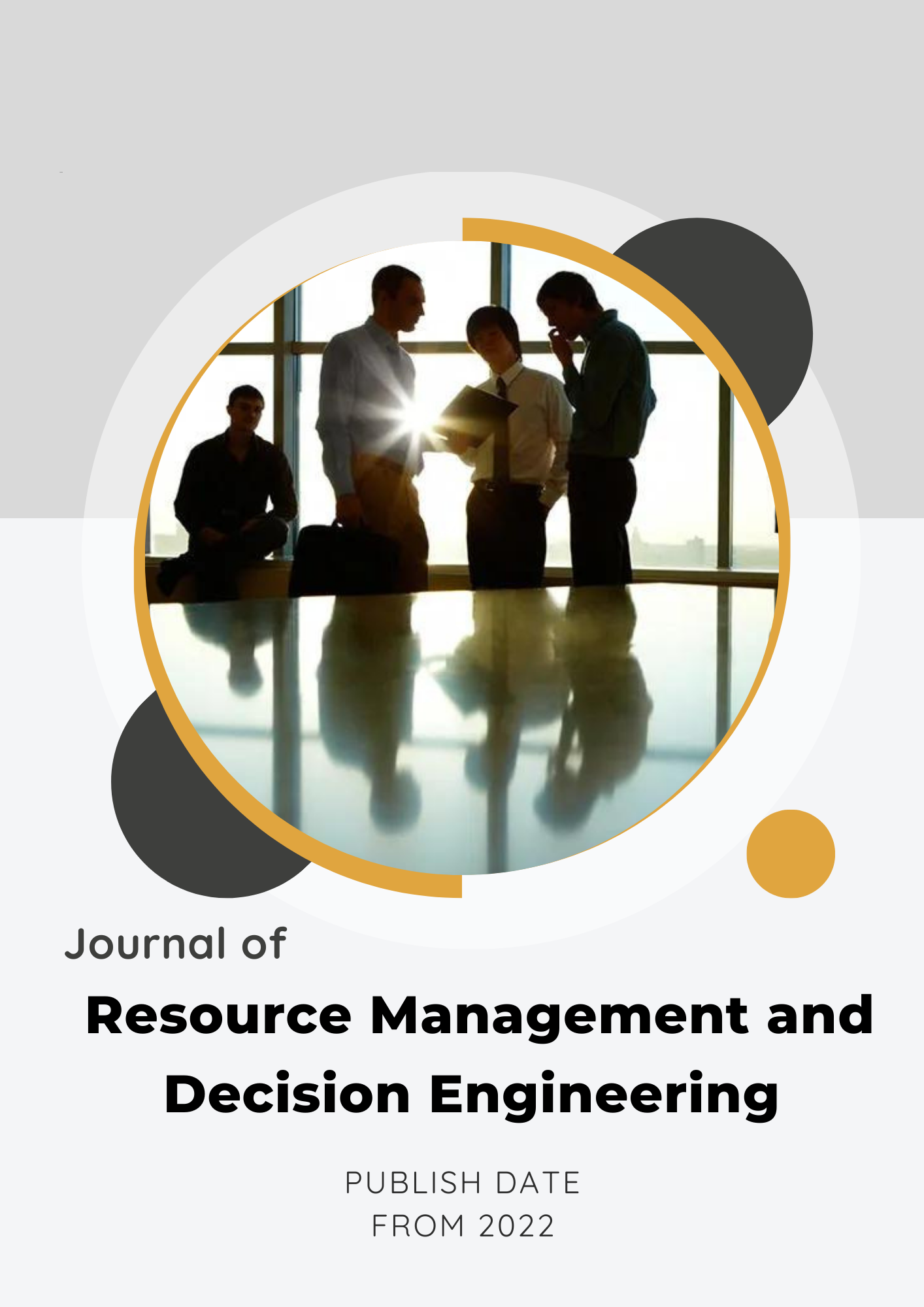Application and Management of Intelligent Systems in Construction Projects Using Recycled Materials
Keywords:
intelligent material systems, construction projects, recycled materials, Asta PowerprojectAbstract
Currently, worldwide, modern construction technologies have emerged as one of the most important factors driving transformation and progress in the construction industry. These technologies can serve as cost-effective and environmentally friendly alternatives to conventional building materials. Building Information Modeling (BIM), intelligent systems, and the recycling of construction materials in the city of Qods have been recognized as advanced and innovative technologies in the construction sector. In the future, this system will continue to evolve and develop in response to technological advancements and the dynamic needs of the construction industry. Through intelligent system implementation, project managers and technical teams can address conflicts and technical issues while enhancing the quality and productivity of projects. This technology is also considered a valuable tool for promoting cultural acceptance in construction projects. Overall, BIM, as a powerful technological tool, can contribute to solving common challenges in civil engineering projects. It helps improve the management, quality, and efficiency of such projects while preventing potential interferences and technical complications. In this study, in order to examine the application and management of intelligent systems in the construction of civil projects using recycled materials in the city of Qods, 11 experts were selected. Using a pairwise comparison questionnaire, the identified factors and subgroups were prioritized through the Analytic Hierarchy Process (AHP). Based on the results obtained, “maintenance and repair” was recognized as one of the most important sub-criteria. Subsequently, “precise and transparent design modeling” was identified as the second most significant sub-criterion, followed by “appropriate scheduling.” Furthermore, the Technique for Order Preference by Similarity to Ideal Solution (TOPSIS) method was employed to prioritize the implementation tools. According to this analysis, Asta Powerproject software was identified as the top-priority tool for BIM implementation in construction projects utilizing recycled materials in Qods.
References
Motamedi, M., & Darvish Motavalli, M. H. (2025). Designing a Dynamic Model for Evaluating Construction Investment Projects Using a System Dynamics Approach. Economic Research (Sustainable Growth and Development), 25(1), 291-318. https://mcej.modares.ac.ir/article-18-74581-en.html
Parekh, R., & Mitchell, O. (2024). Incorporating AI into construction management: Enhancing Efficiency and cost savings. International Journal of Science, Technology & Research, 13(1), 1049-1058. https://doi.org/10.30574/ijsra.2024.13.1.1776
Rabbi, A. B. K., Jeelani, Idris. (2024). AI integration in construction safety: Current state, challenges, and future opportunities in text, vision, and audio based applications. Automation in Construction, 164, 105443. https://doi.org/10.1016/j.autcon.2024.105443
Rai, O., Dorji, U., & Dorji, N. (2025). Assessment of Managerial Competencies in Bhutanese Construction Projects. Journal of Applied Engineering, Technology and Management, 5(1), 11-25. https://doi.org/10.54417/jaetm.v5i1.145
Rasouli, H., Mohammadi, Z., Najafi, P., & Amini, Y. (2024). Analyzing Training Needs Assessment in Construction Projects: A Mixed-Methods Approach. Journal of Human Resource Development, 24(1), 89-101. https://elmnet.ir/keyword/
Regona, M., Yigitcanlar, T., Hon, C., & Teo, M. (2024). Artificial intelligence and sustainable development goals: Systematic literature review of the construction industry. Sustainable Cities and Society, 105499. https://doi.org/10.1016/j.scs.2024.105499
Shchadnev, E. S., Klevtsova, E. A., & Shamardina, M. V. (2024). Digital Transformation as an Innovation Factor in the Activities of Companies in the Construction Industry. Economics Profession Business(4), 153-158. https://doi.org/10.14258/epb202467
Song, Y., Liu, D., & Jianzhong, G. (2024). Can’t Have Your Cake and Eat It Too? The Impact of Digital Infrastructure Construction on Urban Ecological Welfare Performance—A Quasi-Natural Experiment Based on the “Broadband China” Strategy. Land, 13(12), 2125. https://doi.org/10.3390/land13122125
Swetha, A. N., Naik, M., & Gundurouthula, S. (2024). A Study on Exploring and Prioritizing Critical Risks in Construction Project Assessment. International Journal for Multidisciplinary Research, 6(4). https://doi.org/10.36948/ijfmr.2024.v06i04.26360
Taleshalipour, M., Ghazimoradi, Mostafa, rasekhi sahneh, Alireza. (2024). A review of research on the use of smart contracts in construction projects, a meta-analysis. Journal of Environmental Science Studies, 9(3), 9020-9007. https://doi.org/10.22034/jess.2023.417376.2139
Tamimi, S., & Farhang. (2025). Management of Construction and Creation of an Intelligent Energy Production System for Buildings Utilizing Available Renewable Resources. Pars Project Management, 1(1), 124-150. https://jpm.pu.ac.ir/article_721751.html
Utami, E. R., & Barokah, Z. (2024). The determinants of corporate anti-corruption disclosures: evidence from construction companies in the Asia-Pacific. Corporate Governance, 24(6), 1414-1441. https://doi.org/10.1108/CG-04-2023-0152
Zarei, K., Mashaikhi Nezam Abadi, E., & Zarei. (2025). Identification of key factors and success model in implementing green supply chain management in Iran's construction industry. Dynamic Management and Business Analysis, 3(4), 1-22. https://www.noormags.ir/view/en/articlepage/2212328
Zhan, B., Su, J., Gao, H., & Xu, K. (2025). How does the reconstruction of residential space impact displaced farmers' post-resettlement adaptation during urbanisation in China? A perspective of spatial production. Habitat International, 159, 103353. https://doi.org/10.1016/j.habitatint.2025.103353
Zhang, F., Cao, J., Wu, Z., & Wei, Q. (2025). Evolutionary Game Analysis of Construction Worker Safety Supervision Based on Complex Network. Buildings, 15(6), 907. https://doi.org/10.3390/buildings15060907
Zhang, R., Fu, Y., Chen, Y., Du, B., & Ma, D. (2025). Configurations for High Outsourcing Performance in Construction Projects: An Integrated Perspective of Transaction Costs and Capabilities. International Journal of Managing Projects in Business, 18(1), 209-240. https://doi.org/10.1108/ijmpb-07-2024-0163
Zong, Z., Long, T., Ou, Y., & Zhang, S. (2025). Dual-path influence of risk perception on construction workers’ safety participation and the moderating role of mindfulness. Journal of Construction Engineering and Management, 151(1), 04024194. https://ascelibrary.org/doi/abs/10.1061/JCEMD4.COENG-15534
Downloads
Published
Submitted
Revised
Accepted
Issue
Section
License
Copyright (c) 2025 Aliakbar Bagherloo (Author); Davod Pourian; Mahmood Minavand (Author)

This work is licensed under a Creative Commons Attribution-NonCommercial 4.0 International License.









